The Philippines’ final natural frontier, Palawan, exemplifies the synergy between environment, culture, and perseverance. In Sofronio Española, the recently constructed river control dike along the Abo-Abo River supports local livelihoods while shielding communities from catastrophic flooding. Travelers continue to flock to the northern region of Palawan to explore its islands, beaches, and lagoons, including Kayangan
The Philippines’ final natural frontier, Palawan, exemplifies the synergy between environment, culture, and perseverance. In Sofronio Española, the recently constructed river control dike along the Abo-Abo River supports local livelihoods while shielding communities from catastrophic flooding. Travelers continue to flock to the northern region of Palawan to explore its islands, beaches, and lagoons, including Kayangan Lake near Coron. The lake is renowned for its expansive views of the cliffs and glassy waters. One of Palawan’s smallest and most endangered mountain ethnic groups, the Batak tribe, also calls the province home. Their customs and history demonstrate a deep bond with the land. These tales demonstrate Palawan’s overall beauty, strength, and cultural diversity.
Palawan’s Sofronio Española Gains Flood Protection with River Control Dike
The Abo-Abo River has been a resource and an issue for the neighboring villages in Sofronio Española, Palawan. The locals value the river because it sustains their way of life and supplies water. However, the river has swelled due to years of heavy rainfall, destroying its banks and endangering homes, farms, and vital infrastructure.
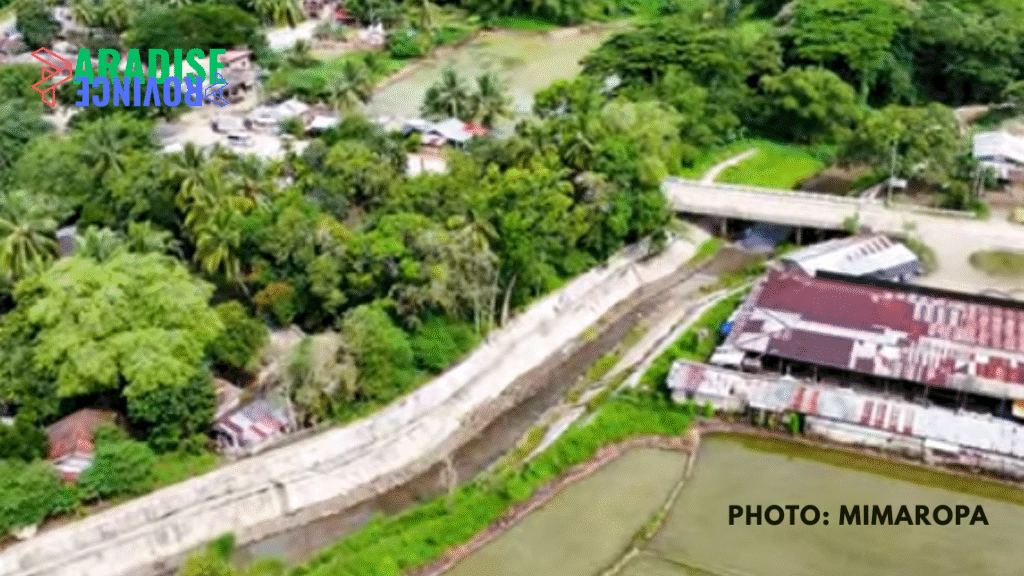
On the left bank of the Abo-Abo River, the DPWH Palawan 2nd District Engineering Office (DEO) constructed a river control dike. This dike will provide long-term solutions for natural hazards and protect areas that are vulnerable to flooding.
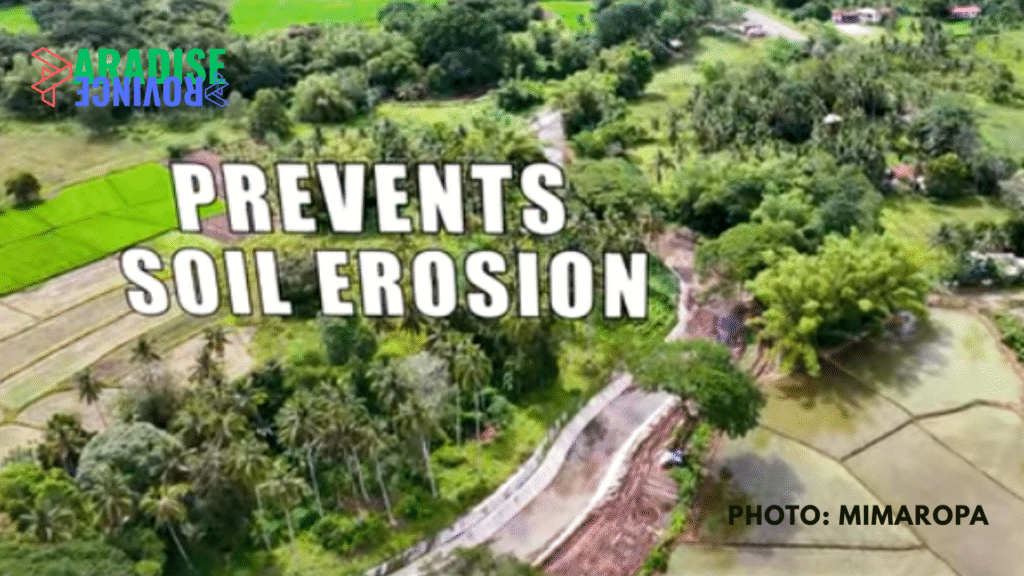
In a letter to DPWH MIMAROPA Regional Director Gerald A. Pacanan, CESO III, District Engineer Noel L. Fuentebella stated that the project is a 200mm-thick reinforced concrete revetment supported by segmental walls and steel sheet piles.
Built to withstand powerful river currents, the structure is 828 linear meters long. As a result, even at the highest water level, the riverbank remains stable.
Apart from protecting homes, farms, and public buildings, the project benefits the environment and promotes future growth for Sofronio Española.
Coron’s Kayangan Lake
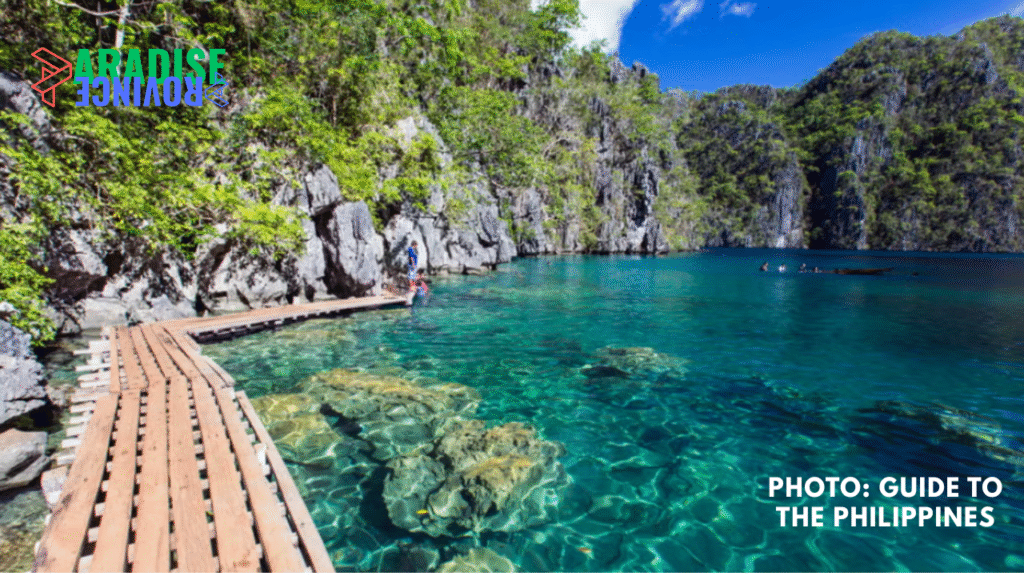
The Philippines’ cleanest lake is Kayangan Lake, located in Coron town. Its crystal-clear waters are well known. The greatest place to see Palawan’s stunning limestone cliffs, clear lakes, and a variety of fish is Coron. Around Kayangan Lake, large karst formations can be found.
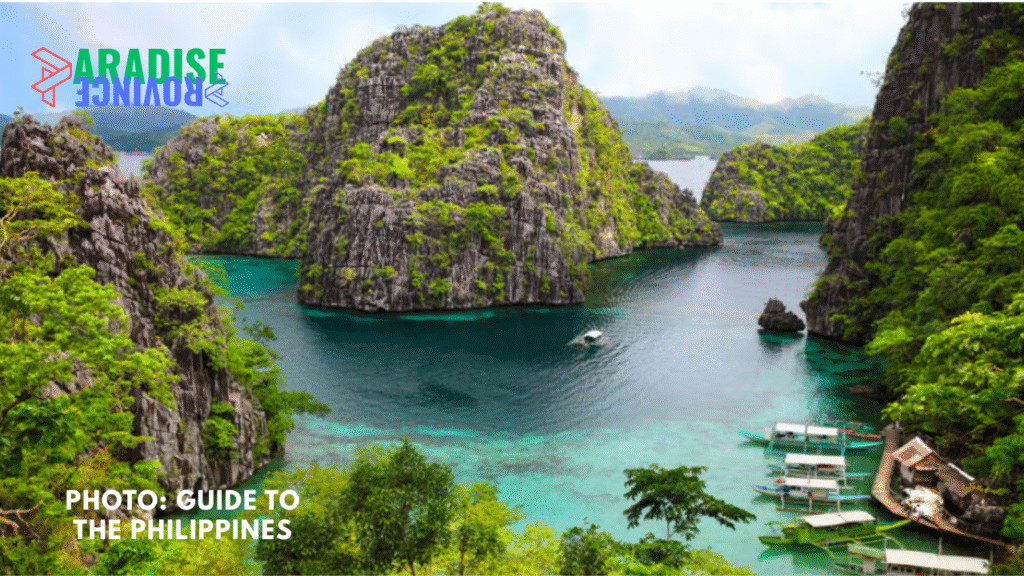
Because of the special blend of fresh and salt water, the top appears to be made of glass. A quick ascent might lead you to its well-known vantage point, which offers breathtaking views of azure waters encircled by sheer cliffs. A trip around Coron that includes stops at stunning beaches, lagoons, and other small islands is the best way to see Kayangan Lake.
Swimmers can swim in the calm waters and snorkel to view underwater rocks. From its well-known vantage point, they can also take breathtaking photos.
Batak Tribe of Palawan
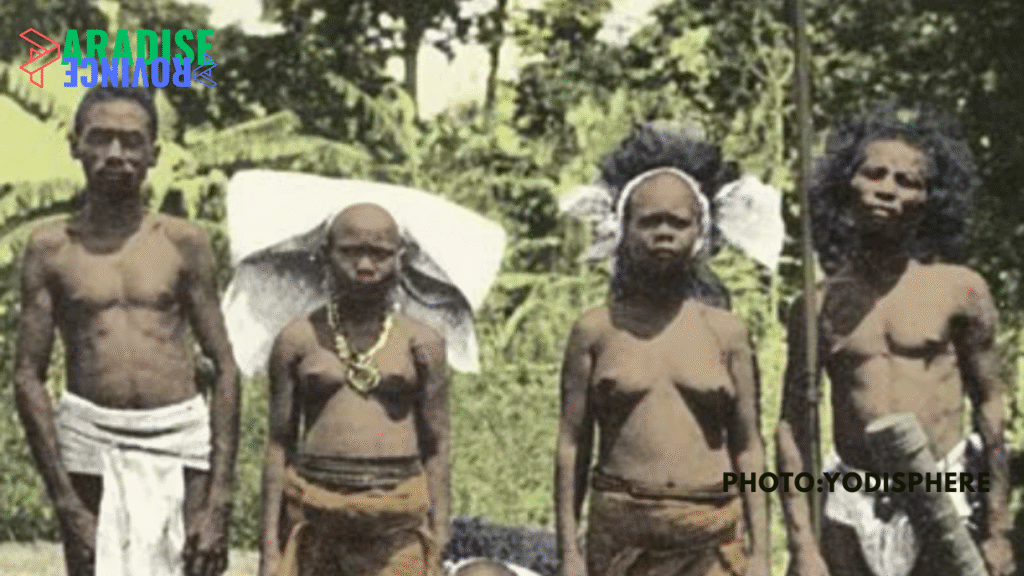
The word “Batak” comes from an old Cuyonon word that means “mountain people.” The Batak Tinitianes were a Spanish-named settlement on the east coast of Palawan, north of Puerto Princesa and close to Honda Bay, between Diente Point and Tularan. Some people think the Batak are an Aeta group from the Philippines or have Aeta traits based on their appearance. They are the smallest mountain ethnic tribes still living in Palawan.
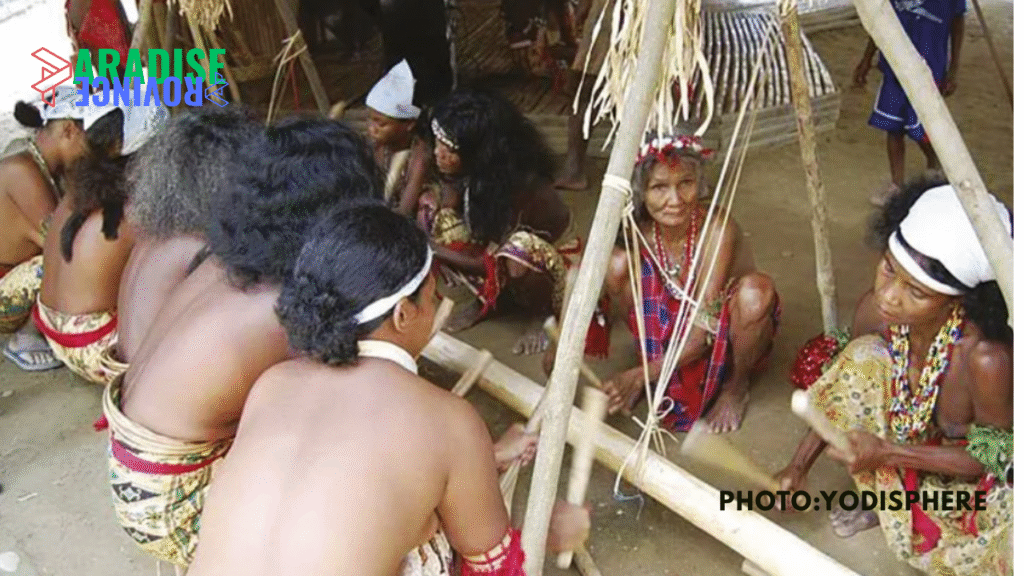
The Batak are regarded as Palawan’s “vanishing tribe” and the most endangered because of their high death rate and hunger, which deters couples from starting a family. For example, a typical Kayasan Batak family has four or five members. This is a reasonable number, as many babies die before they turn one. Four babies die before they turn one year old, and only two babies out of ten are born to live.
Palawan remains a living testament to the balance between progress, natural wonders, and cultural heritage. From vital infrastructure that safeguards lives in Sofronio Española, to the breathtaking beauty of Kayangan Lake in Coron, and the enduring traditions of the Batak tribe, the province reflects both resilience and richness. As the Philippines’ last ecological frontier, Palawan continues to inspire awe while reminding us of the importance of protecting its landscapes and preserving the identity of its people for generations to come.

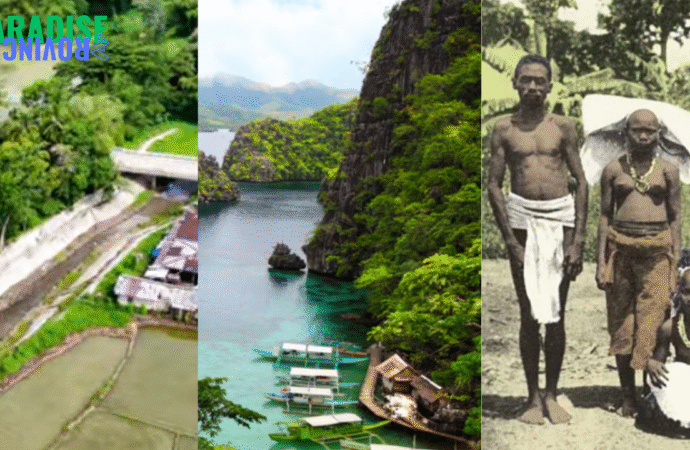
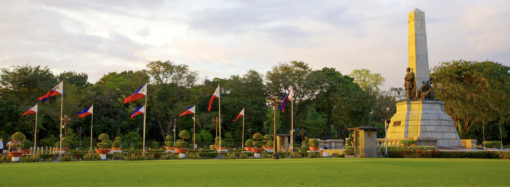



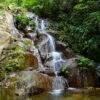
Leave a Comment
Your email address will not be published. Required fields are marked with *